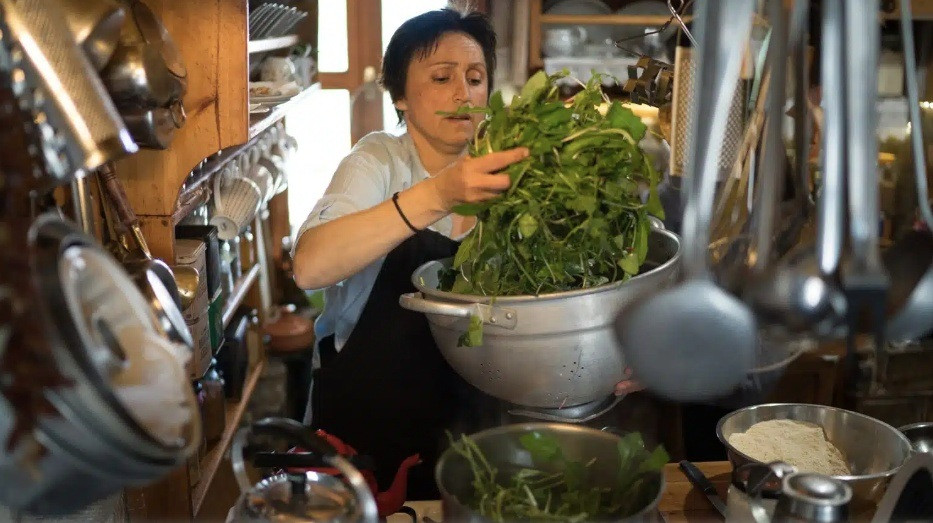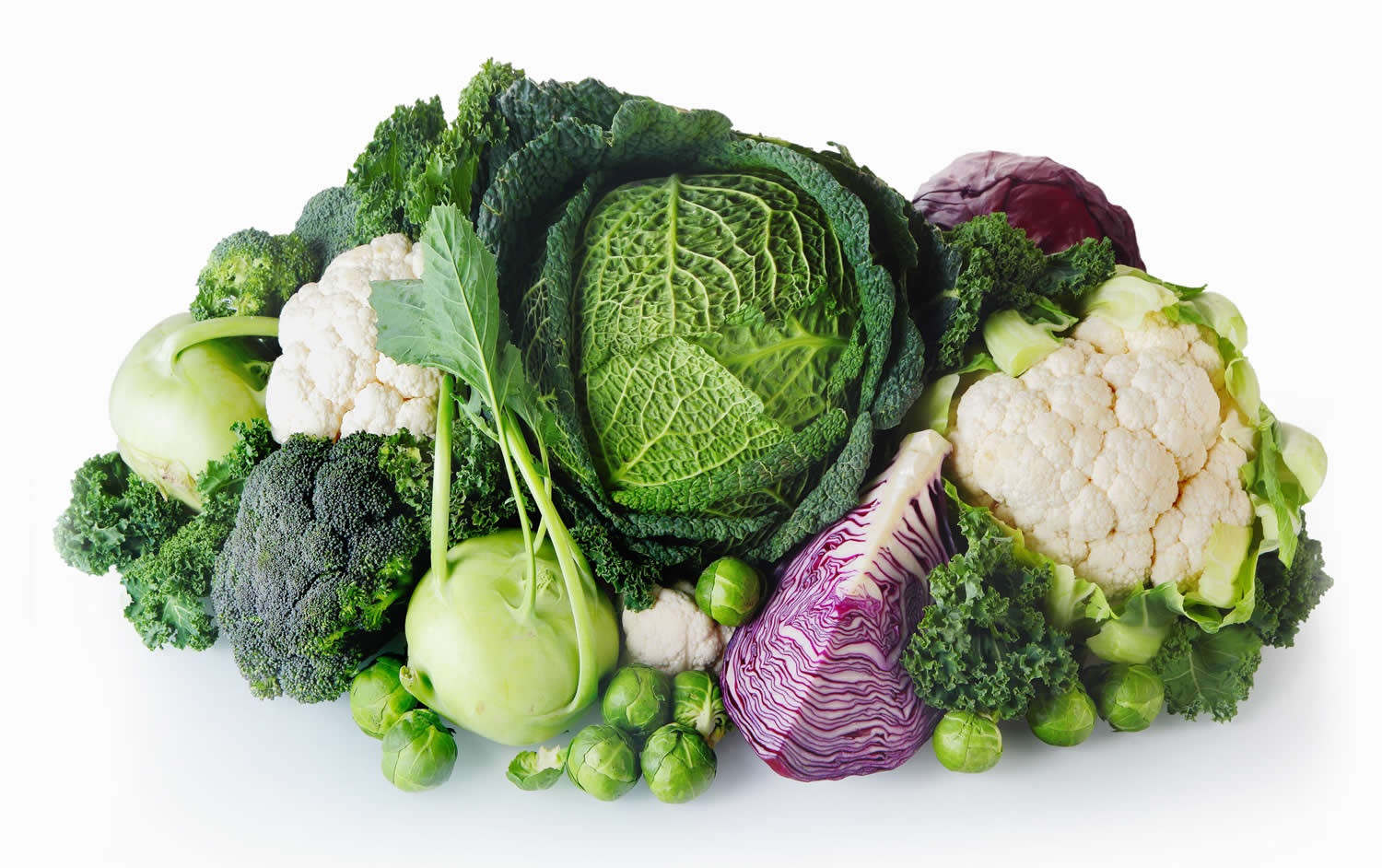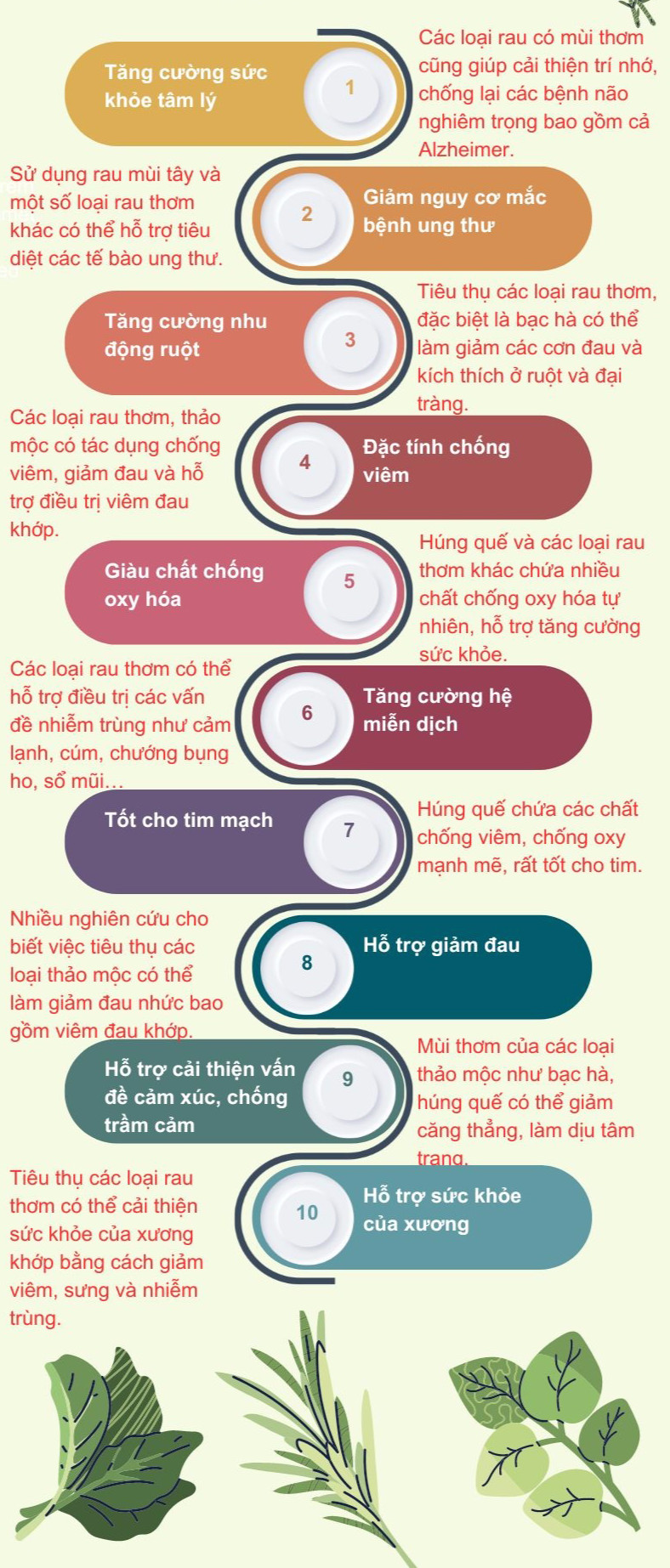In the green zone, some recipes require time to prepare, but most take less than half an hour. Another plus is that most ingredients are inexpensive, like beans, whole grains, and herbs.

The meals of the people in the green zone are made from fresh ingredients, predominantly plant-based. Photo: Blue Zones
Here are some longevity cooking tips from the Blue Zones:
1. Use fewer ingredients
The eating regimen in the green zone tends to use about 20 similar ingredients repeatedly. Less variety can help people avoid overeating and keep their immune system strong.
2. Incorporate cruciferous vegetables
Cruciferous vegetables such as broccoli, cabbage, and kale have been known to protect the heart, prevent cancer, and reduce oxidative stress.
In Sardinia (Italy), people add cruciferous vegetables to their daily appetizers. This is great for thyroid function, potentially slowing down the metabolic process and helping you live longer.
According to the Clinical Nutrition Department, K Hospital (Hanoi), cruciferous vegetables are rich in nutrients such as carotenoids (beta-carotene, lutein, zeaxanthin), vitamins C, E, K, folate, and minerals, as well as being a good source of fiber.
In addition, cruciferous vegetables contain glucosinolates, sulfur-containing compounds that create pungent odors and bitter tastes in these vegetables.
During food processing, chewing and digesting, glucosinolates in cruciferous vegetables are broken down to form biologically active compounds such as indoles, nitriles, thiocyanates, and isothiocyanates.
Among them, indole-3-carbinol (an indole) and sulforaphane (an isothiocyanate) have been most tested for their cancer-fighting properties.

Cruciferous vegetables offer various health benefits. Photo: Health Jade
3. Make use of legumes
In the green zone, legumes are a mainstay in the daily diet. They are cooked into soups and stews, seasoned with herbs, and supplemented with grains and vegetables.
Not only that, but legumes, nuts, and grains are a much healthier protein source than meat or eggs. They are also rich in fiber and complex carbohydrates. And lastly, they are cheap, versatile, and allow for refined flavors.
In Okinawa (Japan), tofu is like bread for the French or potatoes for Eastern Europeans. Okinawa people eat tofu eight times more than Americans.
Along with other soybean products, tofu is known for its heart-protective effects. Studies have shown that those who consume soy products instead of meat have lower levels of cholesterol and triglycerides, reducing the risk of heart disease.
4. Finish your meals with olive oil
The monounsaturated fatty acids in olive oil quickly degrade when the oil is heated at high temperatures. In the blue zone, olive oil is kept at room temperature, added to bread, drizzled over greens, and added to soups and stews.
5. Add fresh herbs and spices
Thyme, oregano, rosemary, mint, garlic, turmeric, and sage all have well-documented medicinal properties. They add flavor to dishes and have healing qualities.
Since most of the bioactive properties in herbs decrease quickly after they are cut, it’s best to use them fresh.
Those in the blue zones often pluck fresh herbs from their gardens, which are like living medicine cabinets.

Health benefits of various herbs
6. Fiber is more important than we think
Grains, leafy greens, nuts, and legumes contain not only protein, complex carbohydrates, vitamins, and minerals that support a healthy heart, sharp mind, and cancer prevention but also feed billions of living bacteria in our gut.
Some of those bacteria produce toxins like choline, while others produce compounds that reduce inflammation, regulate metabolism, and provide energy to the immune system. Toxin-producing bacteria tend to eat meat and eggs, while healthy bacteria prefer fiber.
7. Enjoy your meals with red wine
We have all heard a lot about polyphenols and antioxidants, which are often present in higher amounts in red wine compared to white wine. But it turns out that red wine, along with a plant-based diet, nearly triples the absorption capacity of antioxidants.
In addition, 90 to 95% of the polyphenols in wine are metabolized in the gut, where good bacteria convert them into powerful compounds that reduce inflammation and gut permeability syndrome.
8. How you eat also matters
Finally, it is important to remember that eating for longevity depends not only on what you eat but also on how you eat. People in the blue zones teach us that eating dinner with family, occasional fasting, having a satisfying breakfast, not eating dinner too late, and other habits can help you stay healthier, live longer, and feel better.
In Sardinia, people greet each other on the street and wish each other to live to be 100 years old, saying “Akentannos.”
According to Dân trí



































